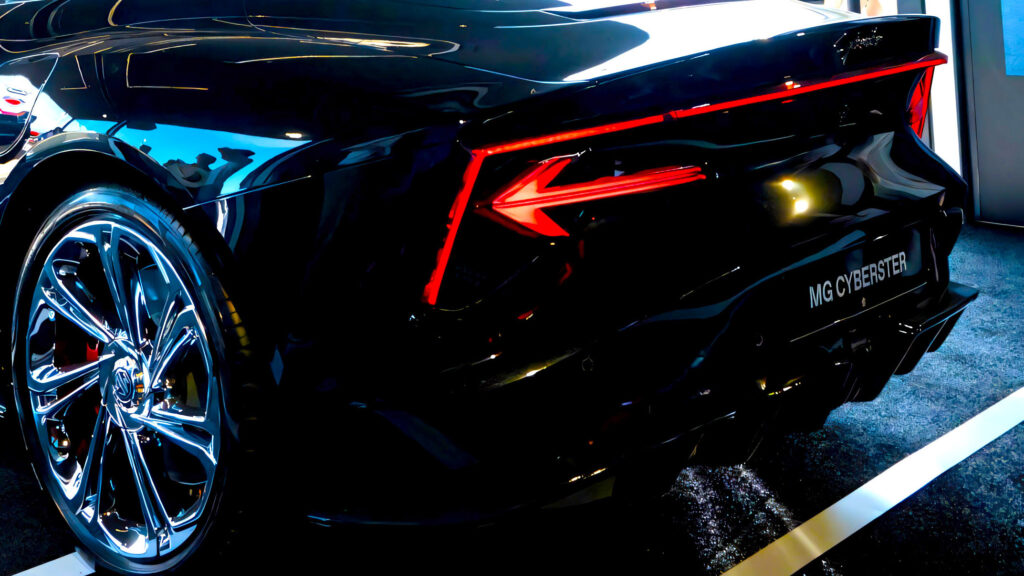Protecting the Auto Industry and Circumventing Tariffs
Aiming to protect its own automotive industry and in response to unfair subsidies from the Chinese government, the European Union is imposing significant tariffs on imported electric vehicles from China starting October 2024. However, Chinese brands are already seeking ways to circumvent these restrictions by creating local production capacities and, at least temporarily, focusing on hybrid models.
Hybrids as an Alternative
Hybrids are in a relatively safe zone as they only partially fall under the EU’s tariff system. Combined with their popularity among European buyers, this explains why Chinese automakers are increasing hybrid imports to record levels.
According to a recent Dataforce report, BYD registered 20,000 plug-in hybrids in the EU during the first half of the year, which is more than triple the figure for the entire 2024 year. Furthermore, MG imported more hybrids in January-June than in the entire previous year. Lynk & Co is also supplying more hybrids to Europe than ever before.
Financial Benefits of Hybrids
Focusing on hybrids brings significant benefits to Chinese companies. Every BYD electric car sold in Germany is taxed with a base tariff of 10% and an additional levy of 17%, totaling 27%. For the popular Atto 3, these tariffs add about €10,000 to the cost of the electric crossover. In contrast, the BYD Seal U plug-in hybrid is charged only a 10% tariff, equivalent to €3,999 with a starting price of €39,999.
For SAIC, which sells MG models, the situation is even more serious. Its imported electric vehicles are taxed with the highest EU tariffs—45.3%. Therefore, during the first six months of this year, the company sold 60% fewer electric vehicles across the continent but increased registrations of the MG HS, MG ZS, and MG 3 hybrid models.
Strategic Changes and the EU’s Response
Director of the Center for Automotive Research in Germany, Beatrix Keim, noted:
It was only a matter of time before Chinese manufacturers changed their strategy after the introduction of special tariffs to increase profitability in Europe.
The European Commission is aware of the loophole being used by Chinese brands but shows no concern. Instead, it hopes to establish a dialogue with Chinese automakers who are actively expanding their presence.
This situation demonstrates how trade barriers can stimulate innovation and strategic changes in the market. Chinese manufacturers are quickly adapting to new conditions, finding alternative ways to maintain competitiveness. In the long term, this could lead to even greater diversification of their portfolio and growth in local production in Europe, which, in turn, could affect the market structure and relationships between key players.

